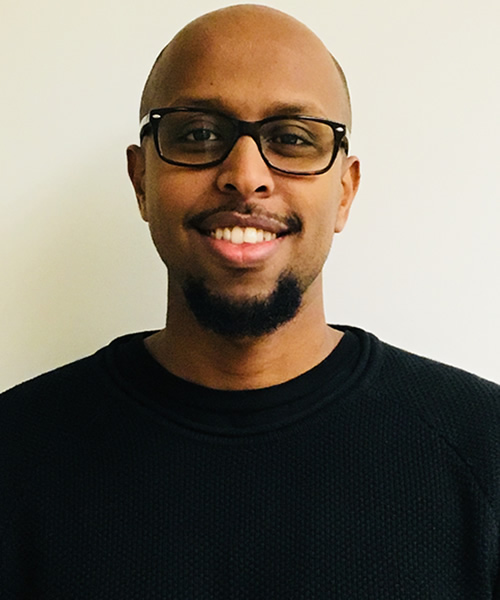According to the UNHCR, the UN refugee agency, there are currently 65.8 million forcibly displaced people, including 40 million internally displaced persons, 25.4 million refugees, and 3.1 million asylum seekers. Most of the 25 million refugees live in protracted displacement, and the average length of exile is now 26 years. With most of the world’s refugees being children and young adults, spending decades in displacement can have significant and life-altering negative impacts, particularly if there is a lack of education, job training, and other future-facing supports. For a long time, the international community underinvested in education for refugees, and where possible, funders focused on primary education. Refugees see this as a problem as a basic education will not meet the requirements of a globalized world in which secondary and post-secondary education will be necessary. In recent years, a number of universities and civil society actors have given scholarships to refugee students fleeing war, whilst others have focused on delivering on-site, camp-based university education. In this blog, I want to focus on the significance of providing tertiary education to refugees in the Dadaab refugee camps of northeastern Kenya, opened in 1991 and home to 235,000 refugees.
The quality of education in primary and secondary schools in the Dadaab camps, funded by humanitarian agencies, is limited by a lack of curricular resources, overcrowded classrooms, and a dearth of qualified teachers. Insecurity in the camps, the result of Al-Shabaab’s presence in the local region, has reduced the availability of qualified Kenyan teachers, who often work on an irregular basis or leave after a short period. Refugee educators, already a majority of the teaching force in the camps, could fill that shortage but are often untrained and lack post-secondary qualifications. They are also undermined by Kenya’s restrictive encampment policy and the UNHCR’s incentive wage system, which limits them to a fraction of the usual salary, resulting in high turnover. Some schools operate double shifts as there are too few teachers and classrooms. The scarcity of qualified refugee instructors and other teachers contributes to reduced educational outcomes for encamped refugee students. The educational situation is made worse for girls and young women by gendered social norms, which limit female mobility and participation in school. Nevertheless, demand consistently exceeds the availability of limited spots in university scholarship programs that take students to Nairobi or abroad for study.
I am part of the Borderless Higher Education for Refugees (BHER) Project, an international development initiative that has been trying to change the educational landscape in Dadaab for refugee and local host communities by giving onsite university education to train the future educators, leaders, and other professionals of the camps and the wider region. The project is delivered by a collaboration of Canadian and Kenyan universities and a local NGO. In the last six years, the BHER Project has provided access to university education through a blend of online and in-person instruction in which refugee and local students are integrated into Canadian and Kenyan university classrooms. The BHER Project is graduating its second cohort of bachelor’s degree students this spring and will be admitting a second cohort of master’s degree students in fall 2019. The project has increased the pool of university-educated refugee and local teachers and is positively impacting the quality of primary and secondary education in the Dadaab camps. By providing tertiary education and routes to a better future, the BHER Project has inculcated a sense of hope among many young people who had felt abandoned and sequestered in a refugee camp without quality education and livelihoods. Today, many young Somali refugees in the Dadaab camps live in wait for a future in which they might return to and rebuild Somalia, often in the education, public service, and nonprofit sectors.
There are now many similar initiatives that provide university education for camp-based refugees. Nevertheless, projects like these are operating in a fiscally cold climate, and funding is a frequent worry for many. The work of bringing tertiary education to encamped refugees needs wider support from global civil society and states. Faith-based organizations such as Lutheran World Federation and Islamic Relief have played a significant role as the UNHCR’s implementing partners in education for refugees. Governments and private foundations can also do much to support the ongoing work of collaborations, NGOs, and universities in providing pathways to higher education for encamped refugees by enabling access to new sources of funding and other resources.

